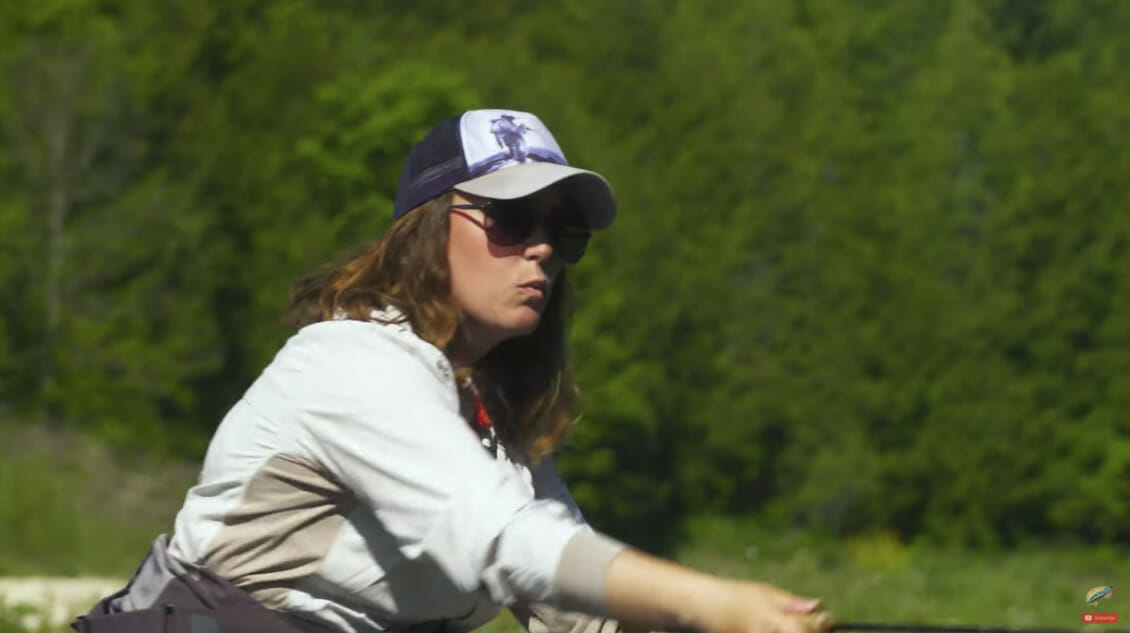One has to wonder if fly fishing would have enjoyed such a defining renaissance if Norman Maclean’s father, a Presbyterian minister, was a nymph angler rather than a “purist” dry-fly fisher.
Presumably, the good minister would have passed down the art of nymphing to his sons, choosing to abandon the romance associated with dry-fly fishing. Norman’s iconic book might have included a lesson on high-sticking for Buster, and Robert Redford’s “A River Runs Through It” might have featured Brad Pitt’s character flip-casting, furiously mending line and watching an indicator bob up and down in the current rather than Jason Borger’s (Pitt’s stand-in) brilliant fly casting that boosted the sport almost 30 years ago.
Daunting thought, I suppose.
But nymphing clearly has its place in fly fishing, and while most anglers might prefer to practice the Godly act of catching trout on a dry fly, knowing how to drift a nymph under an indicator will certainly help you catch more fish.
In the helpful video above, Alyx Parks, a guide with Calmwaters Fly Fishing in southern Ontario, shows just how much effort goes into the craft of nymphing under an indicator. It’s not just a matter of flipping 30 feet of fly line into the river and watching a bobber as it drifts in the current.
As Parks points out, the key to a good drift using an indicator is ensuring that the nymph under the indicator behaves as naturally as possible. Allowing drag to enter into the equation results in any number of “artificial” behaviors on the part of the nymph, from a faster-than-the-current swing to a dramatic rise in the water column.
In short, indicator nymphing requires work. It requires a competent back-handed cast in some instances, and it requires constant attention and frequent mending to ensure the drift matches the current. A lot of folks disdain indicator nymphing — it’s certainly not the most romantic sub-skill in the fly-fishing world. But, when done right, it works.
Check out the video and see if you don’t agree.



